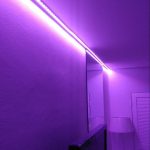Why LED Lights Flashing? Common Causes and Quick Solutions
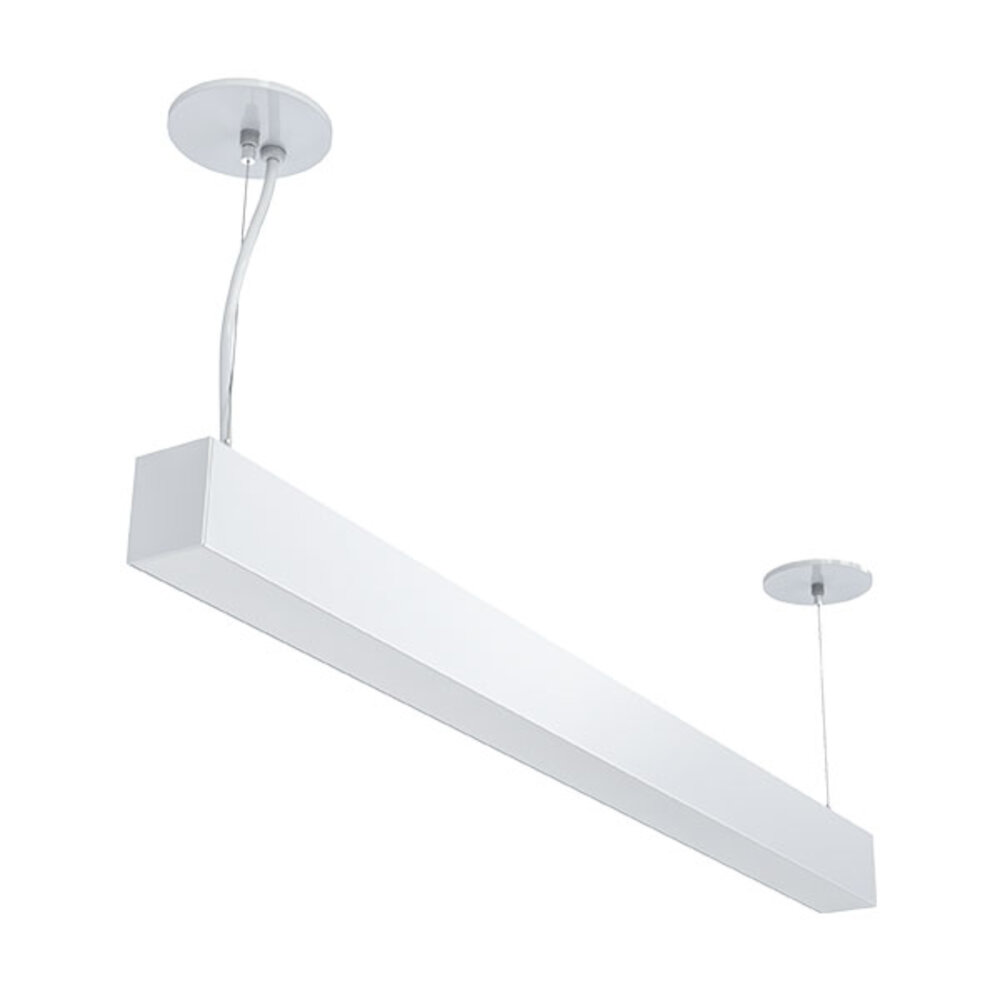
Light-emitting diodes (LED) have become increasingly popular over the years due to their efficiency, durability, and versatility. They are used in various applications, from home lighting to street lighting, and even in automobiles. However, one common issue that users encounter with LED lights is flashing. This can be a frustrating experience, especially if you’ve invested in high-quality lights. Understanding why LED lights flash and how to fix the problem can help you get the most out of your investment. LED lights flashing can be caused by a variety of factors, including electrical issues, circuitry problems, or even the environment. If you’re experiencing this problem, it’s important to diagnose the cause so that you can find the right solution. In this article, we’ll explore some of the common causes of LED lights flashing and provide quick solutions that you can implement to resolve the issue. Whether you’re using LED lights for indoor or outdoor lighting, these solutions can help you keep your lights shining bright and steady.
LED lights, or light-emitting diodes, have become increasingly popular in recent years due to their energy efficiency, durability, and versatility. Unlike traditional incandescent bulbs, which emit light by heating a filament, LEDs use semiconductors to convert electricity into light. This means they consume significantly less energy, generate less heat, and have a longer lifespan than their predecessors. Additionally, LEDs can be found in a wide range of colors and styles, making them a popular choice for everything from home lighting to commercial signage. However, like any electronic device, LED lights can experience flashing or flickering issues, which can be caused by a variety of factors.
Flashing LED lights can be a common and frustrating issue for many people. The causes of this problem can vary, from faulty wiring to incompatible dimmer switches to voltage fluctuations. It is important to identify the root cause of the flashing, as it could be a safety hazard or indicate a larger electrical problem. Quick solutions such as replacing the bulb, checking the wiring, or installing a compatible dimmer switch can often resolve the issue. However, if the flashing persists, it is best to seek the assistance of a professional electrician to ensure safety and prevent further damage.
Overload
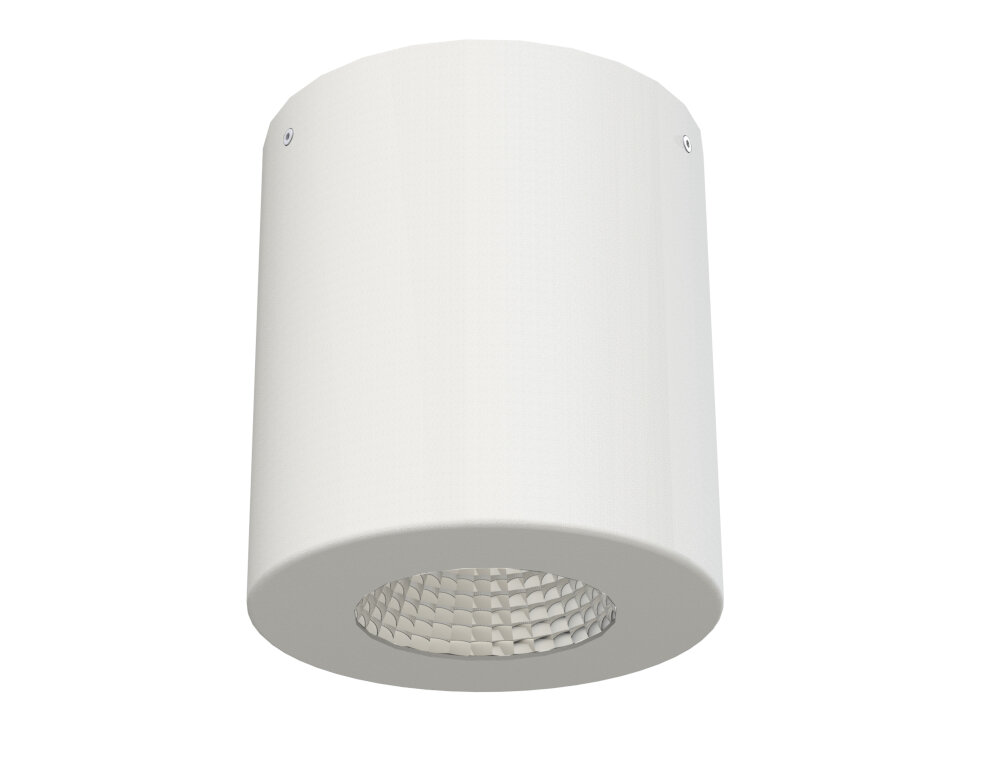
Overload is one of the common causes of LED lights flashing. This happens when the LED circuit is overloaded with more voltage than it can handle, causing it to flicker or flash. Overloading can also happen when the circuit is exposed to too much current or when there is a short circuit in the wiring. In some cases, overload can lead to a complete burnout of the LED bulb or fixture, which can be costly to replace. To avoid overload, it is important to ensure that the LED lights are connected to a circuit that can handle the appropriate voltage and current. Moreover, LED lights that are connected to dimmer switches can also be prone to overload, especially if the dimmer switch is not compatible with the LED bulb or fixture. This is because some dimmer switches are designed to work with incandescent bulbs, which require more power to operate than LED lights. To prevent overload when using a dimmer switch with LED lights, it is important to look for a dimmer switch that is specifically designed for LED lighting. Additionally, it is important to ensure that the dimmer switch is properly installed and wired to prevent any short circuits or other issues that could lead to overload.
Overloading is a common cause of flashing LED lights. It occurs when too many electrical appliances are connected to the same circuit, causing a power surge that can lead to voltage fluctuations. As a result, the voltage supplied to the LED lights becomes unstable, causing them to flicker or flash. This can be especially problematic if the LED lights are part of a larger lighting system, as the flashing can spread to other lights and create an even more significant issue. To prevent overloading, it’s essential to ensure that the circuit that the LED lights are connected to has sufficient capacity to handle the electrical load, and to avoid plugging too many appliances into the same circuit.
Overloading scenarios are quite common when it comes to LED lights flashing. One of the most common causes of overloading is when too many lights are connected to a single circuit. When this happens, the circuit becomes overloaded and can’t handle the amount of power being drawn by the lights. Another scenario that can lead to overloading is when the wiring in the circuit is not up to code or is damaged in some way. This can cause the circuit to become overloaded and can lead to the lights flickering or flashing. In addition, using low-quality or incompatible LED bulbs can cause overloading and lead to flickering or flashing. Ultimately, it’s important to ensure that the circuit is properly wired, the number of lights connected is within the circuit’s capacity, and high-quality bulbs are used to avoid overloading scenarios.
Overloading is a common issue that can occur with LED lights. Fortunately, there are several quick solutions to prevent overloading. One of the most effective ways to prevent overloading is to use a surge protector. A surge protector will help to regulate the flow of electricity to your LED lights, preventing any sudden surges that could damage the bulbs. Another solution is to reduce the number of LED lights that you have plugged into a single outlet. This will help to prevent overloading and ensure that each bulb is receiving the proper amount of power. Additionally, you can replace any damaged or faulty bulbs, as they can also contribute to overloading. By following these quick solutions, you can help to prevent overloading and ensure that your LED lights are functioning properly.
Loose Connections
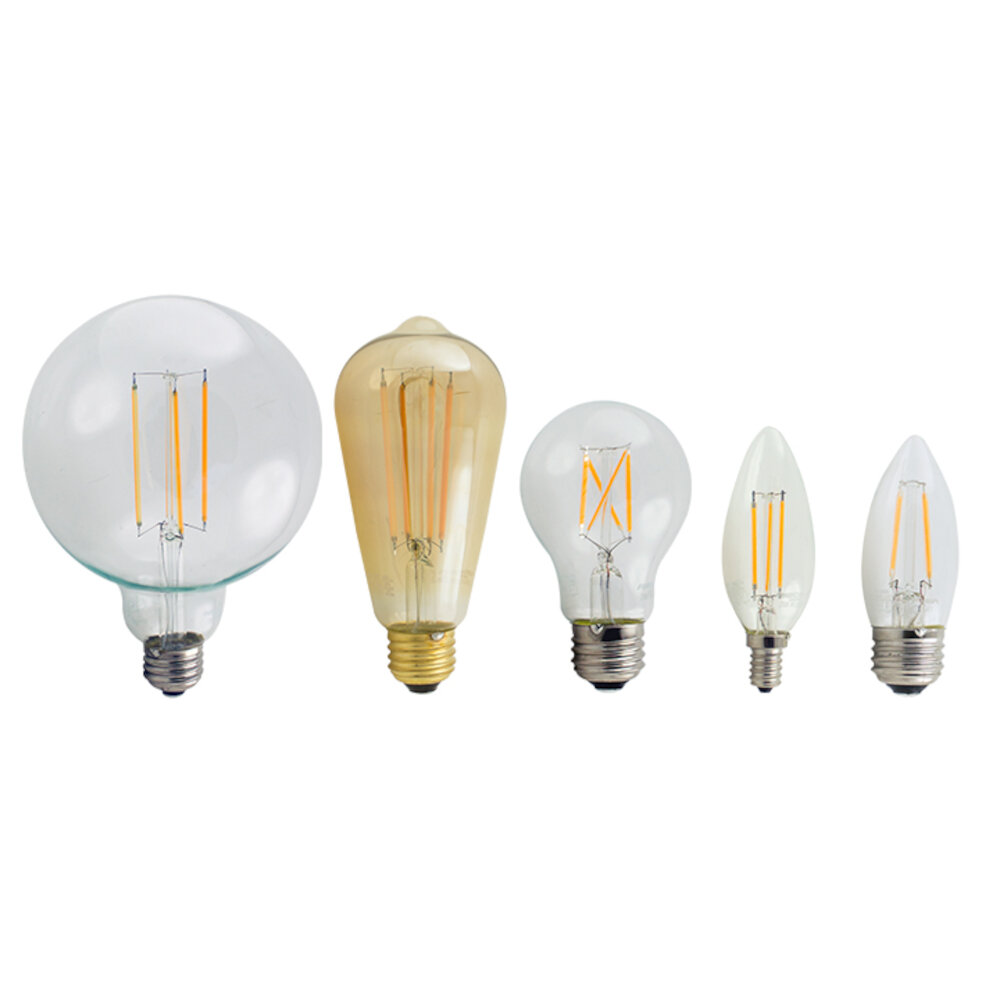
Loose connections are one of the most common causes of LED lights flashing. A loose connection can occur at any point in the wiring system, from the power source to the bulb. When a connection is loose, it can cause the current to fluctuate, which in turn causes the LED lights to flicker or flash. Loose connections can be caused by a variety of factors, such as poor installation, wear and tear, or environmental factors like temperature changes or moisture. If you suspect that your LED lights are flashing due to loose connections, it’s important to investigate the problem as soon as possible. In some cases, a simple tightening of the connection may be all that’s needed to fix the problem. However, if the issue is more complex, it may require the help of a professional electrician. To prevent loose connections from occurring in the first place, it’s important to ensure that your LED lights are installed correctly and securely. This means using the right type of wiring, connectors, and other components, and ensuring that they are properly installed and tightened. It’s also important to monitor your LED lights regularly to ensure that they are functioning properly and to catch any issues early on. If you do notice any flashing or flickering, take a closer look at the wiring and connections to determine if a loose connection is the cause. By being proactive and taking steps to prevent loose connections, you can keep your LED lights working smoothly and avoid the frustration and inconvenience of flashing or flickering lights.
Loose connections are one of the most common causes of flashing LED lights. This occurs when the connections between the LED bulb and the electrical circuits are not tight enough or become loose over time. Loose connections can lead to a drop in voltage or current, causing flickering or flashing lights. Additionally, the heat generated by an improperly connected LED bulb can further loosen the connection, leading to more frequent flashing. To solve this issue, it is important to ensure that all connections are properly tightened and secure. If the problem persists, it may be necessary to replace the fixture or wiring altogether.
Loose connections are one of the most common causes of LED lights flashing. These scenarios can occur in various places such as the bulb socket, the light switch, or the wiring between the two. Loose connections can cause a disruption in the flow of electricity, resulting in flickering or flashing lights. For instance, if the bulb is not screwed in tightly, it can cause a loose connection that will lead to flickering or flashing. Similarly, if the wiring between the switch and the bulb is not tight, it can cause a loose connection, leading to intermittent flashing. These scenarios can be easily resolved by tightening the connections or replacing the faulty components.
Loose connections are one of the most common causes of flashing LED lights. This issue can arise due to the vibration of the bulb, faulty wiring, or simply a loose bulb. The good news is that fixing a loose connection is relatively easy and requires minimal effort. Quick solutions include checking the bulb and ensuring that it is screwed in tightly to the socket. If there are multiple bulbs, inspect each one and replace any that are loose or damaged. For wiring issues, locate the source of the problem and reattach any loose wires or fix any broken connections. By taking these simple steps, you can eliminate the issue of flashing LED lights caused by loose connections.
Faulty LED Lights
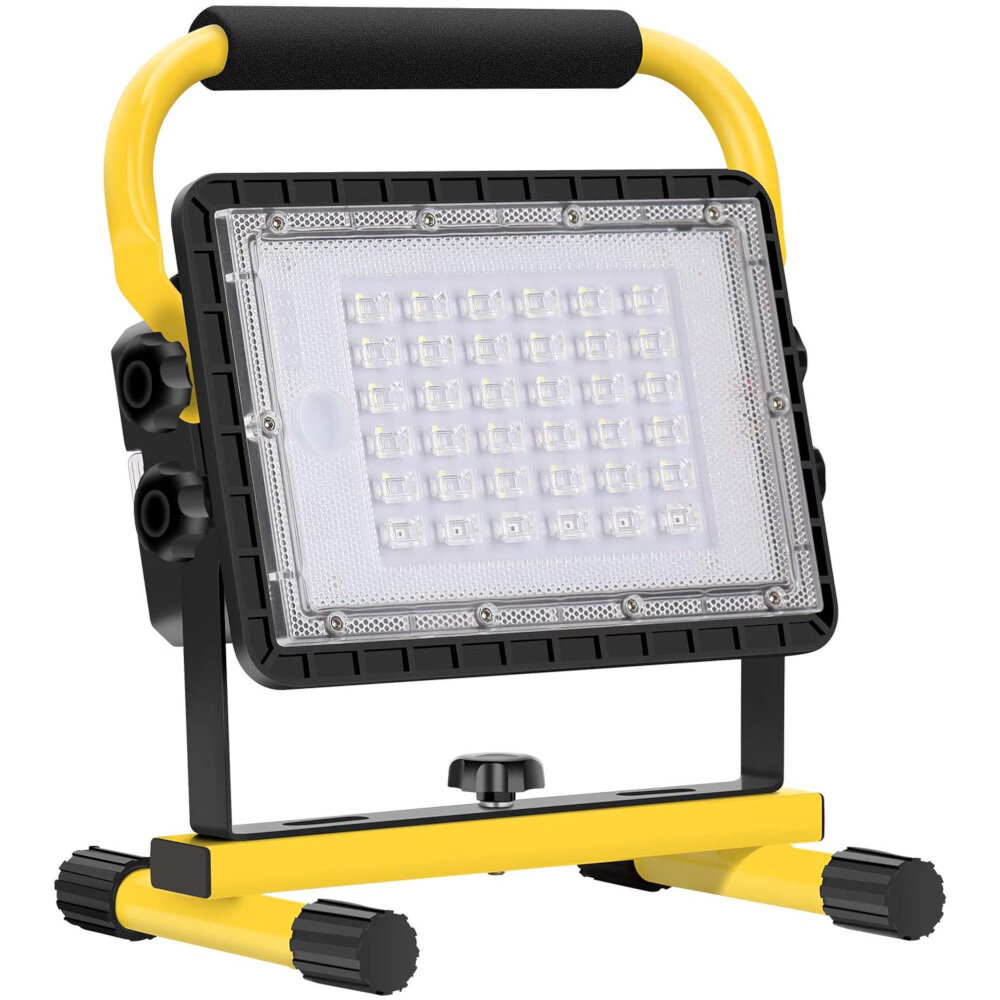
LED lights have revolutionized the way we light up our homes and offices, with their energy-efficiency, durability, and long-lasting performance. However, one common problem that LED lights owners face is the issue of faulty LED lights. LED lights flashing or flickering can be caused by a variety of factors, including poor wiring, voltage fluctuations, overheating, or incompatible dimmer switches. Faulty LED lights not only affect the aesthetics of the lighting but can also be harmful to our eyes and trigger migraines and seizures in people with photosensitive conditions. To solve the problem of faulty LED lights, it’s important to identify the root cause first. If the wiring is faulty, it’s best to call a professional electrician to fix it. If the voltage fluctuations are the issue, consider installing a voltage regulator or stabilizer. Overheating can be prevented by ensuring proper ventilation and avoiding placing LED lights in enclosed fixtures. Incompatible dimmer switches can also cause flickering, so make sure to use a dimmer switch that’s compatible with LED lights. Addressing these issues promptly can not only fix the problem of faulty LED lights but also extend the lifespan of your LED lights and ensure optimal performance.
One of the most common causes of flashing LED lights is faulty LED bulbs. LED lights are made of semiconductors that emit light when an electric current passes through them. However, if the semiconductor material is of low quality or is damaged, it can cause the LED lights to flicker or flash. Another reason for faulty LED lights is poor quality control during the manufacturing process. This can lead to inconsistencies in the quality of the LEDs used in the light fixtures. In such cases, the flashing may occur immediately after installation or after a few months of use. To avoid faulty LED lights, it is important to purchase high-quality LED bulbs from reputable manufacturers and retailers.
LED lights are known for their longevity and energy efficiency, but they can also experience some faulty scenarios. One common issue is flickering, where the light dims and brightens repeatedly. This can be caused by a faulty driver, loose wiring, or incompatible dimmer switches. Another issue is ghosting, where the light continues to glow even when switched off. This can be caused by residual current in the circuit or a faulty switch. Additionally, some LED lights may experience strobing, where the light appears to flicker rapidly. This can be caused by incompatible fixtures or power sources. Understanding these faulty scenarios can help homeowners and businesses quickly identify and solve LED light issues.
LED lights are a popular choice for their energy efficiency, but they can sometimes become faulty, causing frustration for homeowners. If you’re experiencing flashing LED lights, there are several quick solutions to try before calling a professional. First, check the wiring connections and make sure they are secure. Loose connections can cause flickering or flashing. If the connections are intact, try replacing the dimmer switch or the bulb. Dimmer switches are not always compatible with LED bulbs and can cause flickering. Use an LED bulb that is compatible with the dimmer switch or upgrade to a switch specifically designed for LED lights. If these quick solutions do not solve the issue, it may be time to call a professional electrician to assess the problem.
Electrical Interference

Electrical interference is one of the common causes of LED lights flashing. It occurs when electrical signals from one device interfere with the signals from another device. This interference can occur due to various reasons, including poor wiring, faulty electrical components, and nearby electrical devices. LED lights are particularly sensitive to electrical interference, which can cause them to flicker or flash. In some cases, the interference may be so severe that the LED lights may not work at all. It is important to identify the source of the interference to fix the problem. One way to reduce electrical interference is to use shielded cables when wiring LED lights. Shielded cables are designed to reduce electromagnetic interference, which can cause LED lights to flicker or flash. Additionally, it is important to ensure that the wiring is properly grounded to prevent electrical interference. Faulty electrical components, such as transformers, can also cause interference. It is important to replace faulty components to ensure that they do not cause any further problems. Finally, it is important to keep LED lights away from other electrical devices that may cause interference, such as fluorescent lights or motors. By taking these steps, it is possible to reduce electrical interference and ensure that LED lights work properly without flashing or flickering.
Electrical interference is a common cause of flashing LED lights. It happens when an external electromagnetic field disrupts the normal flow of electricity in the LED circuitry, causing the LED to turn on and off rapidly. This interference can come from a variety of sources, such as nearby radio signals, faulty wiring, or even nearby electrical appliances. To prevent electrical interference from causing flashing LED lights, it’s important to ensure that the LED circuitry is properly shielded and grounded. Additionally, it’s crucial to avoid placing LED lights near sources of electromagnetic interference and to use high-quality wiring and components to minimize the risk of interference.
Electrical interference is a common phenomenon that can cause LED lights to flash or flicker. There are several scenarios where this can occur, such as when there is a problem with the power supply or wiring. For example, if the wiring is loose or damaged, it can cause electrical interference that affects the LED lights. Similarly, if there is a faulty switch or dimmer, it can cause flickering or flashing. Other sources of electrical interference include nearby electrical appliances, such as refrigerators or air conditioners, as well as radio or TV signals. To resolve these issues, it is important to identify the source of the interference and take appropriate measures to eliminate it.
To prevent electrical interference that causes LED lights to flash, there are a few quick solutions that can be applied. First, it’s important to check the wiring and connections of the LED lights to ensure they are secure and properly grounded. Next, installing an EMI filter can help reduce electromagnetic interference from other electronic devices. Additionally, using shielded cables can prevent radio frequency interference. It’s also important to avoid overloading circuits and to use surge protectors to prevent power surges. Simple solutions like these can quickly and effectively prevent electrical interference and keep LED lights from flashing.
Flashing LED lights are a common issue that can be caused by several factors. One of the most common causes is a loose or faulty connection in the wiring. This can lead to the LED lights flickering or flashing intermittently. Another potential cause is a voltage drop in the electrical system, which can occur when the voltage supplied to the LED lights is not sufficient. This can cause the lights to flash or flicker. Other potential causes include a malfunctioning LED driver or an issue with the LED bulb itself. In order to address these issues, it’s important to identify the root cause and take appropriate action, which may include tightening connections, replacing faulty components, or adjusting the voltage supply.
Proper installation and maintenance are critical for the optimal performance and longevity of LED lights. It is essential to ensure that the installation is carried out by a certified electrician who follows the manufacturer’s guidelines. Failure to follow the correct installation procedures can lead to flashing lights, which can be frustrating and dangerous. Additionally, regular maintenance of LED lights is crucial to prevent flashing caused by issues such as loose connections or dust accumulation. Neglecting proper maintenance can cause more significant problems in the long run, leading to costly repairs or replacements. Therefore, it is vital to prioritize proper installation and maintenance to ensure that LED lights function correctly and efficiently.
In conclusion, the benefits of using LED lights are numerous and significant. Not only do they provide energy efficiency and cost savings in the long run, but they also have a longer lifespan compared to traditional lighting options. With their durability, reliability, and low maintenance, LED lights can help businesses and homeowners alike reduce their carbon footprint while enjoying a brighter and more efficient lighting solution. Additionally, LED lights have the ability to withstand frequent on/off cycling, making them an excellent choice for flashing or strobe lighting applications. Overall, the investment in LED lights is a wise choice for those looking for a reliable, cost-effective, and long-lasting lighting solution.
Conclusion
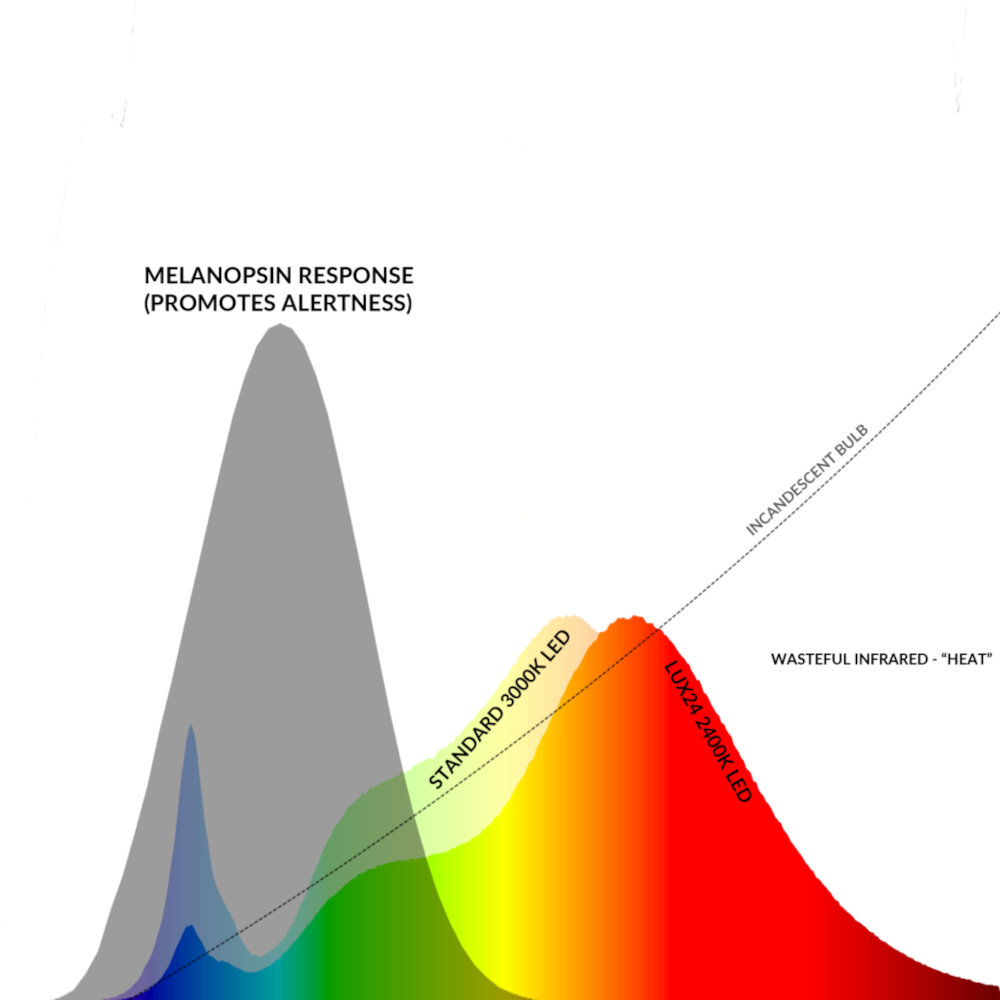
In conclusion, LED lights are a popular choice for their energy efficiency and durability, but flashing lights can be a frustrating issue to deal with. However, with a basic understanding of the common causes and quick solutions, you can easily troubleshoot and fix this problem. Whether it’s due to loose connections, voltage fluctuations, or incompatible dimmer switches, taking the time to identify and address the root cause can prevent further damage and ensure your LED lights are working properly. With these tips in mind, you can enjoy a well-lit and stable environment without the annoyance of flashing lights.




